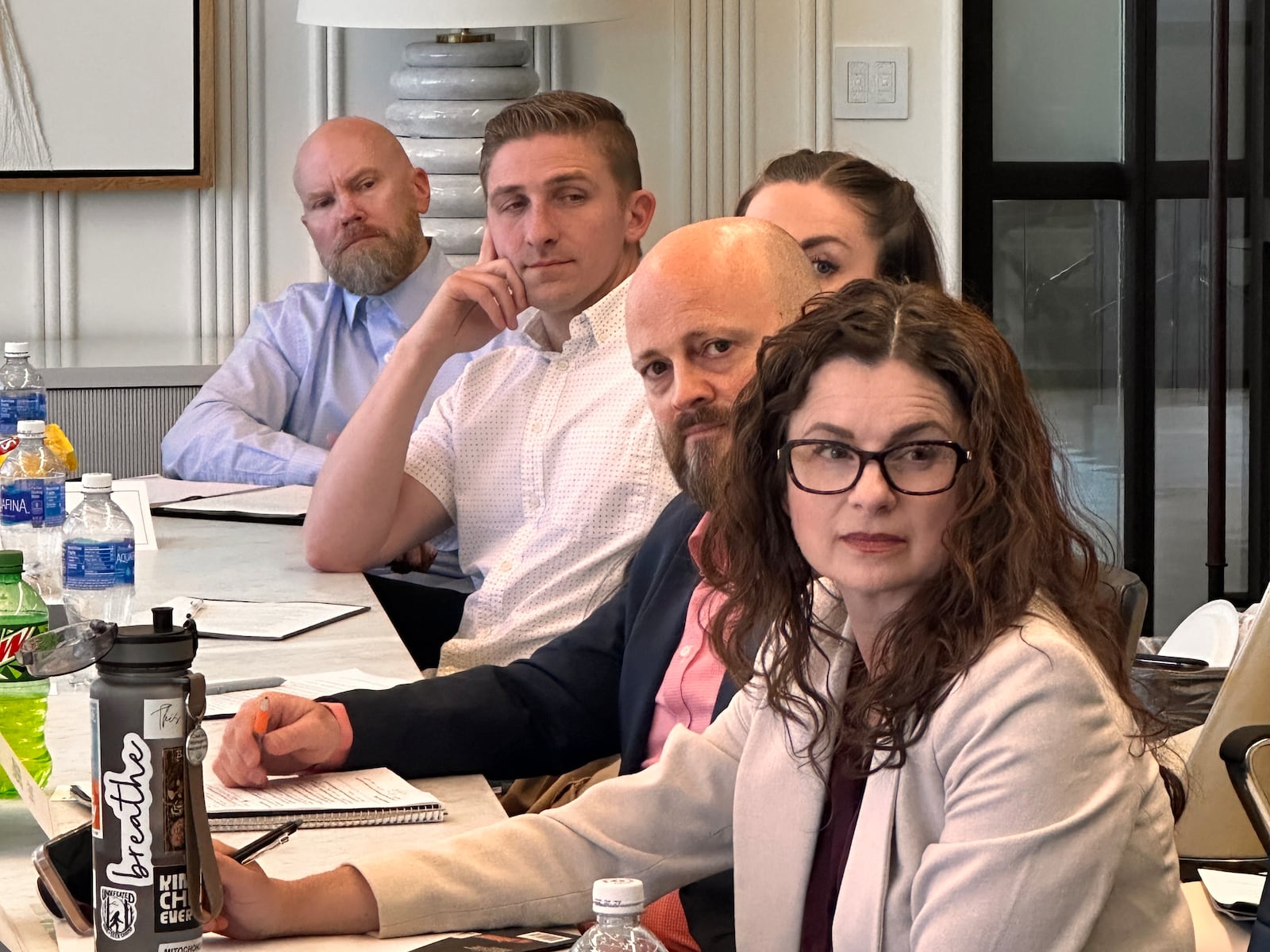Last month, Utah Business partnered with Fullcast to host a roundtable on revenue operations featuring Utah RevOps professionals. This conversation was moderated by Sonya Droguett, director of commercialization and planning at GeneDX.
How have revenue operations roles evolved over time?
Jacob Cook | Head, Revenue Operations | Saviynt
The sophistication of a company determines where they’re at when it comes to revenue operations. You’ll usually have sales operations, marketing operations and customer success operations. As you grow and get more sophisticated as a company, you realize that the customer journey is most beneficial when all of them are integrated and brought together as a group.
Sean Frazer | VP, Revenue Operations | Dental Intelligence
When I moved to Dental Intelligence, [creating the] revenue operations [role] was a very conscious decision. I reported to the CFO because we went in with the idea that we were going to make it [completely] RevOps and not start piece by piece. … The board came back and argued with us, saying that I should report to the CRO, but it’s worked out really nicely because it’s easier to disagree with people whom you don’t report to. I work very closely with the C-suite, and I don’t report to any of them, so I can be an advisor.
Pete Shelton | Chief Revenue Officer | Fullcast
Fullcast has about 100 [revenue operations] advisors across the country whom we survey all the time. One of the questions is: Who do you report to? We get 100 different answers. CEOs are waking up to how important RevOps is because when they want to make changes, … they wonder why they can’t be executed. They go to the COO, but in reality, half of the operation could have been over on the VP of RevOps to execute. That’s why the CEOs are pulling up RevOps as a really critical piece in the business.
Adam Anderson | VP, Revenue Operations | Conservice
It is a strategic decision as to who revenue operations reports to. I completely agree with the idea that you have to have really good working relationships with all of those different stakeholders. In different businesses and even within the same company, I’ve reported directly to the CEO, to a CFO, to a COO and to a CRO. I think it has a lot to do with what your business strategy is, what your go-to-market strategy is and what you’re trying to do with that function itself.
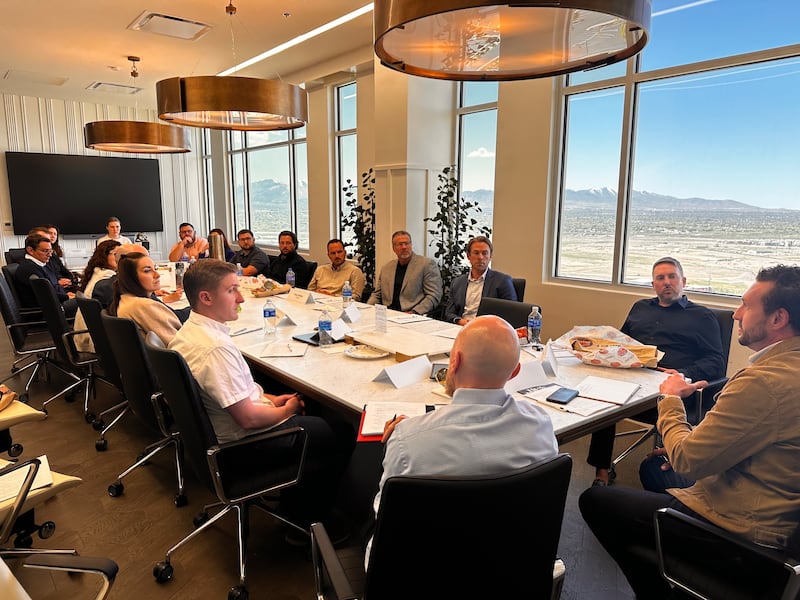
What barriers have you encountered when trying to create a “single source of truth” for customer data?
Preston Toone | Sr. Manager, Revenue Operations | Weave
Without good data, you can’t make strategic decisions to move forward. We implemented an iPaaS solution called Syncari that allows you to sync all your data sources together into one source of truth. It’s similar to MuleSoft, but it’s action-based. It takes your data and … triggers automations within your systems and workflows, creating opportunities for your sales reps. It’s had a huge impact on how quickly we can convert that one source of data into actions.
Joey Albertson | Owner | Bookflow
Owner | The Profitability Project
My struggle is, even if we can get to a single source of truth, [we need to get] it to actually inspire action. We spend so much time focused on clean data that we lose sight of the fact that the data is only there to inspire action. I think sometimes we fall short of that second step. Once we get the data, are we actually doing something about it?
Brad Plothow | Chief Growth Officer | Intergalactic
One of the things we spend a lot of time focused on is making sure that there’s cultural alignment throughout the company and within the leadership group. We’re not going to pit business development or sales against the folks who manage the programs. … Otherwise, the momentum that you generate early on by getting those silos to roll independently becomes friction.
Mason McMullin | VP, Revenue Operations & Strategy | Alysio
It’s really important to think about how processes are going to impact people. … Focusing at least one or two people in a RevOps team on being close to the business is a good approach because then you’re always getting boots-on-the-ground feedback from sales teams.
Jesse Green | Director, Revenue Operations | SixFifty HQ
It’s important to notice that people think differently. You care about the code, but others wouldn’t. … The sales team I work with could not care less. It’s important to get in there early before you’ve built things out and ask them, “Would this idea work for you? Would this be helpful?” … If they’re not going to use the tool that you built out, then you’re losing the sale. You need to be doing something else to keep them as a “customer.”
In what ways are you working to make your revenue processes more efficient without losing the human element?
Jacob Cook | Head, Revenue Operations | Saviynt
At my last company a year ago, we had summer interns. None of these guys knew SQL, but they were building SQL and building dashboards and everything with ChatGPT. They were putting in the right inputs. AI is accelerating things that took a while for people to learn and build before.
Seth Morrison | VP, Revenue Operations | Penn Foster Group
The fastest value I’ve had from using AI is from amplifying the skills I already have. … I am getting some value from doing things that I’m not familiar with, but the fastest and greatest value comes from amplifying my skills.
Christian Weaver | Sr. Manager, Revenue Operations | Restaurant365
AI sells the knowledge gap right now. The knowledge is not the gap. You can get the knowledge. Now, it’s the speed to knowledge. But what are the best practices in these scenarios? … You still have to have the experience to know that for this company, for this situation, I have the experience to go to this or go down this path. I think the human element is still important. Even with all the AI, even with all the knowledge, having good experience … is going to be key.

Kathleen Roberts | Chief Revenue Officer | Christopherson Business Travel
We needed a global management platform, and part of the promo included an AI. … It’s really been remarkable, and it benefits the sales team. The biggest thing we’re learning is that … you have to continually teach it and be really careful. We’re only six months into it, but as things change, we’re taking the old data out and reviewing anything that changes.
Brandon Bussey | VP, Revenue Operations | Advantive
We just bought a tool for our sales team. It’s a whole coaching platform. We’ll do AI video role-plays, so [our sales people] can practice in real time. One of the big use cases the founder sold us on was, say I have a meeting with Sarah at Nike. I can literally create a bot of Sarah at Nike with her profile and spend an hour … running the meeting with her. There’s a huge lever we can pull on the operational side, but … now we’re doing a lot more high thought, and it’s just going to keep going. We need to get on the bus or it’s going to leave us behind.
How are economic pressures — inflation, consumer spending shifts, rising costs — impacting your revenue strategies?
Brandon Bussey | VP, Revenue Operations | Advantive
We closed the biggest deal in our company’s history a month ago, and it all had to do with pricing. We came to one of our oldest customers and increased their price by 400 percent because they had grandfather pricing. We did it in a healthy way, but they get it. Everything’s getting more expensive. We’ve been spending a lot of time looking at our renewal and price increase plays and seeing a ton of upsells as a result of that. We won’t sell a new contract now without an 8 percent gain built into it.
Mo Miller | Director, Revenue Operations | Rivet
We’re selling into the medical industry. … Now that doctors are wrapped around the budget and the uncertainty of the economy, we have opened up the ability to talk to them. They’re the ones ultimately making the decisions. There is opportunity in the economy. You just have to figure out what opportunities you have and use those to your advantage.
Pete Shelton | Chief Revenue Officer | Fullcast
I’m seeing so many organizations not taking a hard look at their ideal customer profile (ICP) and deciding, “Am I where I should be?” … I’m not seeing as much of that as I would expect. There’s gold in narrowing your focus sometimes.
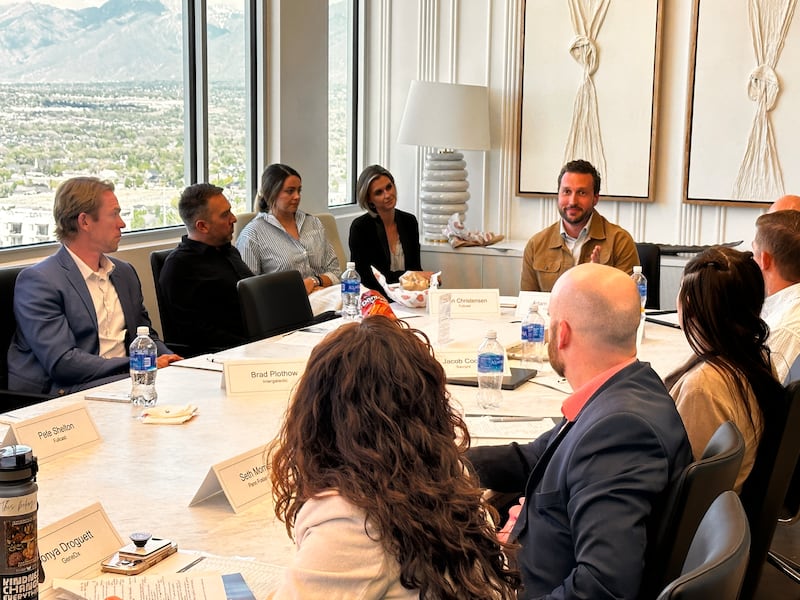
How are you prioritizing initiatives between short-term revenue wins and long-term growth investments?
Sean Frazer | VP, Revenue Operations | Dental Intelligence
We look at it from the long-term growth plan. What does success look like in five years? There’s a pathway you have to hit to get there that’s realistic, so you backtrack into what does next year look like and all the way down. Then you set KPIs across the company that align with that forecast. … Five-year plans usually don’t end up exactly where the five-year plan was, but it gives you an anchor point for the long term, and you’re just managing that short term against it.
Brad Plothow | Chief Growth Officer | Intergalactic
When you talk about the tension between short term and long term when you have economic challenges looming, there’s a lot of tactical stuff you could get caught up in. It’s an opportunity to go back to some of the most basic things that affect everything else. … Every company should be examining with clear eyes, “Do we sell something that people need?” If not, where do we need to make adjustments?
Seth Morrison | VP, Revenue Operations | Penn Foster Group
This has a lot to do with the maturity of the RevOps work and the maturity of the company. If your company’s not financially healthy or if you don’t have good leadership, then you are going to chase everything short term. … There has to be a good balance between the short term and what you’re shooting for.
Do you approach customer retention differently now compared to three years ago?
Emme Thacher | VP, Revenue Operations | Beam Benefits
Signing the right customers helps with retention. … It starts with who we tell salespeople is a good client. Are we motivating them toward those so that they aren’t better motivated to get crappy customers? Starting from the front end … is important.
Mo Miller | Director, Revenue Operations | Rivet
We’ve been trying to focus on preempting the ICP, not even letting the sales team go after anything except for the specific specialties we have analyzed and found that don’t churn. They sell at a high rate. They sell at a larger dollar value. They buy multiple products. We only go to those trade shows. We only have marketing focused on that. We’re not spending extra time on demos with people who aren’t right.
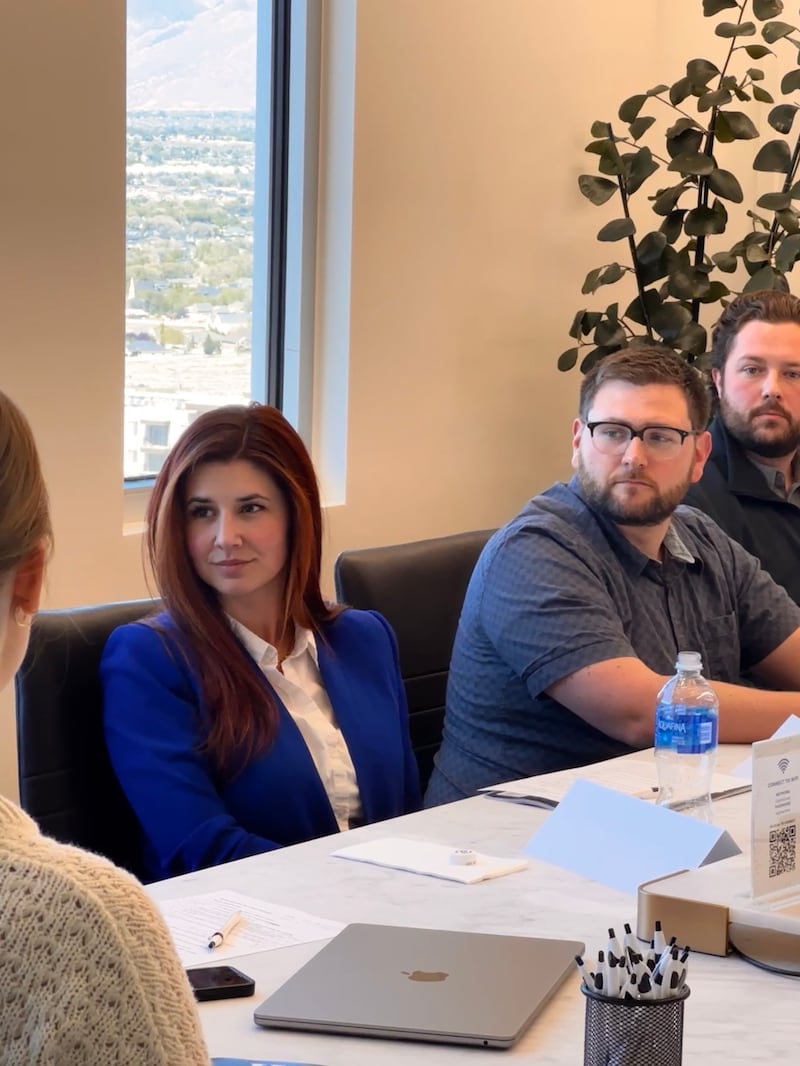
What challenges are you facing in attracting and retaining top talent — especially in sales, marketing or service roles?
Emme Thacher | VP, Revenue Operations | Beam Benefits
In many of my past organizations, we’ve doubled the sales team while we’ve been there or completed some type of reorganization. The biggest thing that we come up against is guarantees and confidence. In many of the industries I’ve been in, there’s a fairly long ramp where you’re going from a well-paying job to not selling something for eight or nine months, and you need to make that a comfortable transition. But it puts the company at a huge risk to have a guarantee for that length of time.
Preston Toone | Sr. Manager, Revenue Operations | Weave
It’s important to have the correct control systems when it comes to compensation plans, ensuring that your compensation plans align with where you want to go as a revenue organization. Recently, in our organization, we had compensation plans for all of our new teams except for our customer onboarding team. We built out a compensation structure to incentivize them to get the customers to billing. It’s completely shifting how that organization works.
Jesse Green | Director, Revenue Operations | SixFifty HQ
Our hiring process has gotten more and more human. From both the hiring and the recruiting standpoint, both sides are using more and more AI. It’s going to get to the point where you’ve got an AI recruiter that’s hiring your AI chatbot that’s doing your interviews for you. Companies are getting flooded with resumes because you can have one click and now you’ve got a customized resume. We’ve gotten more and more human: We’re not posting our jobs everywhere, and we’re looking for referrals.
Joey Albertson | Owner | Bookflow
Owner | The Profitability Project
We work with a lot of women-owned, service-oriented companies, so when we talk about people, that is equivalent to profit in our heads. Often, the biggest hurdle to profitability in these small companies is that they don’t know who to hire, when to hire or how much to pay them. If they finally cross that bridge, then they think, “I’m going to hire someone who’s OK because they’re cheap.” That inevitably leads to bad talent and bad marketing, and then they leave for a better job that’s higher paying. Then we’re back at square one, which is the ultimate profit killer. Shifting the mindset to a long-term solution in hiring is a huge hurdle that my team has to help small business owners overcome.
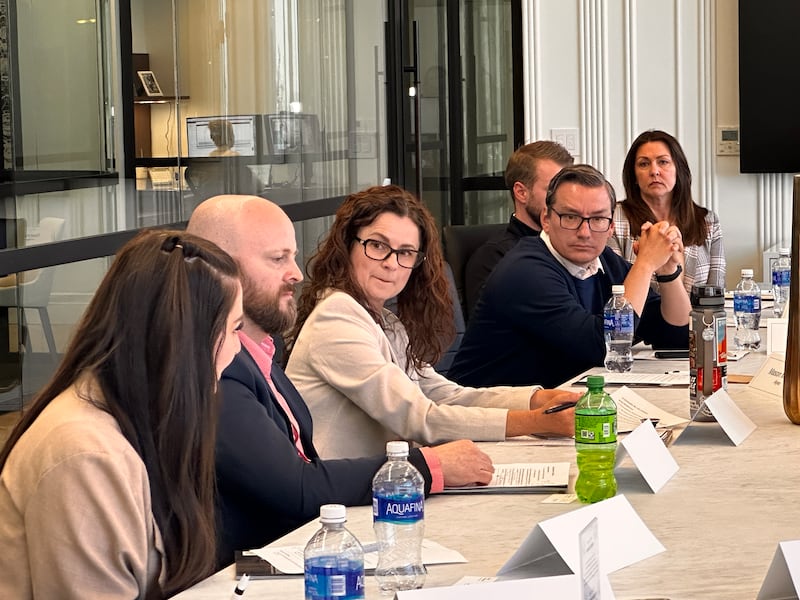
Adam Anderson | VP, Revenue Operations | Conservice
I have three challenges. The first is that there seems to be a misalignment in hybrid work culture between leadership and anybody who’s considering a new role. Another is that [employees have] a greater desire for … [mission-driven work]. What [you’re] … trying to accomplish [matters more than] just simple pay. [Lastly,] I have also seen higher compensation as an expectation across the board. … There has to be a balance there where you can make sure somebody’s able to meet their financial obligations and some of their goals, while helping them capture that vision and what their career path and direction looks like. This is an opportunity where RevOps can partner with PeopleOps.
What’s the biggest opportunity you see for your business to accelerate revenue growth in 2025?
Christian Weaver | Sr. Manager, Revenue Operations | Restaurant365
We’re excited for the increased usage of AI, expanding that out to our sales organization, and a collaboration with FP&A [financial planning and analysis]. We’re bringing in a hybrid FP&A revenue operations role, which will be in charge of sales planning and aligning … our processes together … for better collaboration.
Kathleen Roberts | Chief Revenue Officer | Christopherson Business Travel
We have great market fit in the $1.2 trillion business travel industry, but this is our year to really launch products and solutions and get the right message out.

